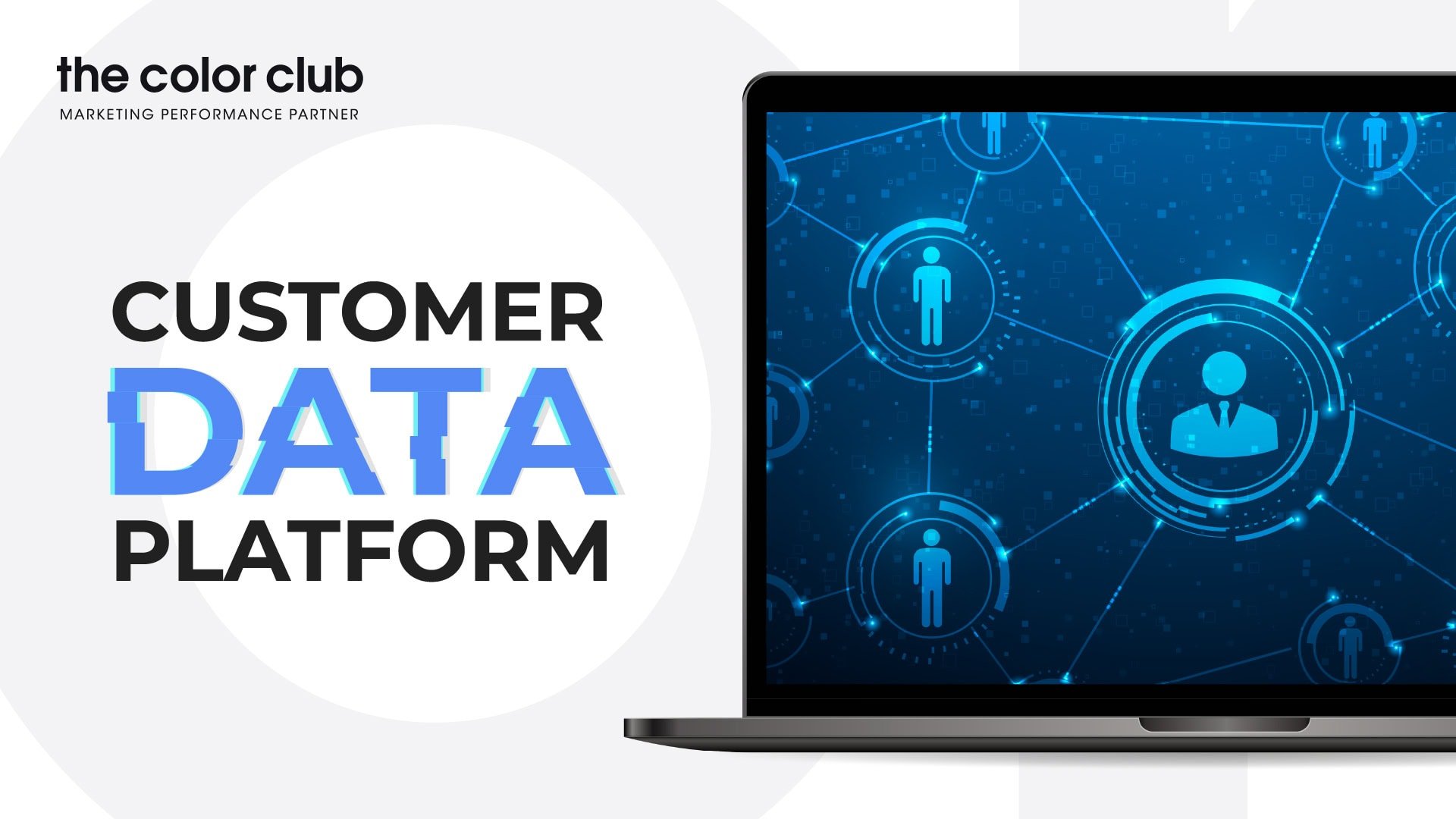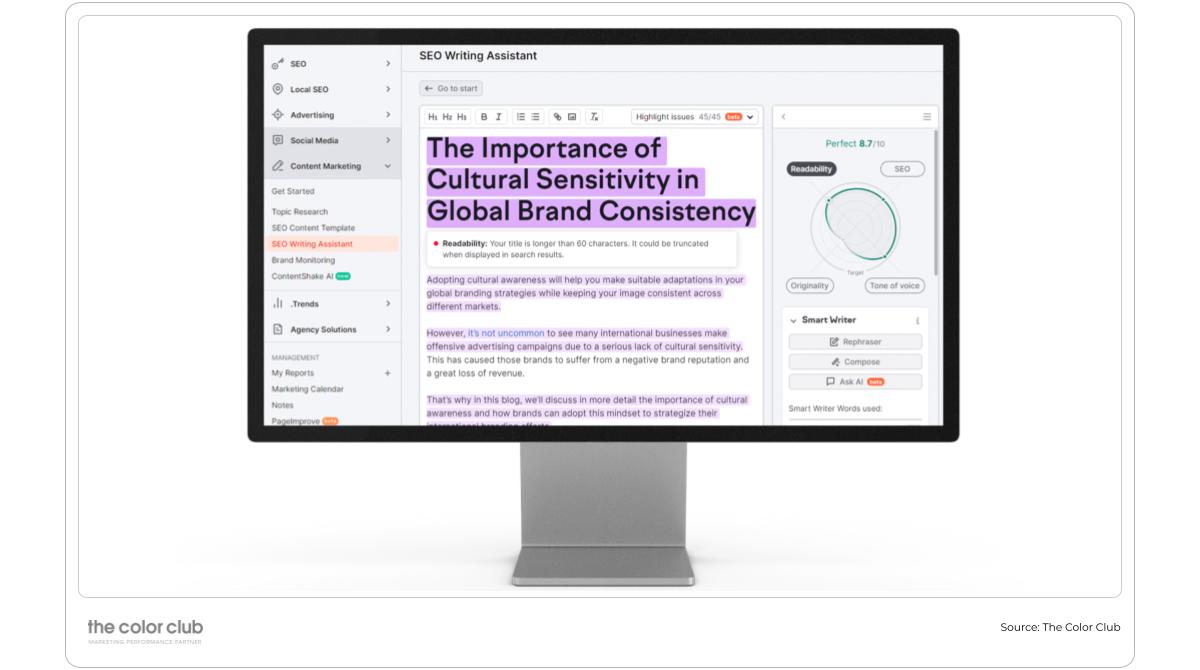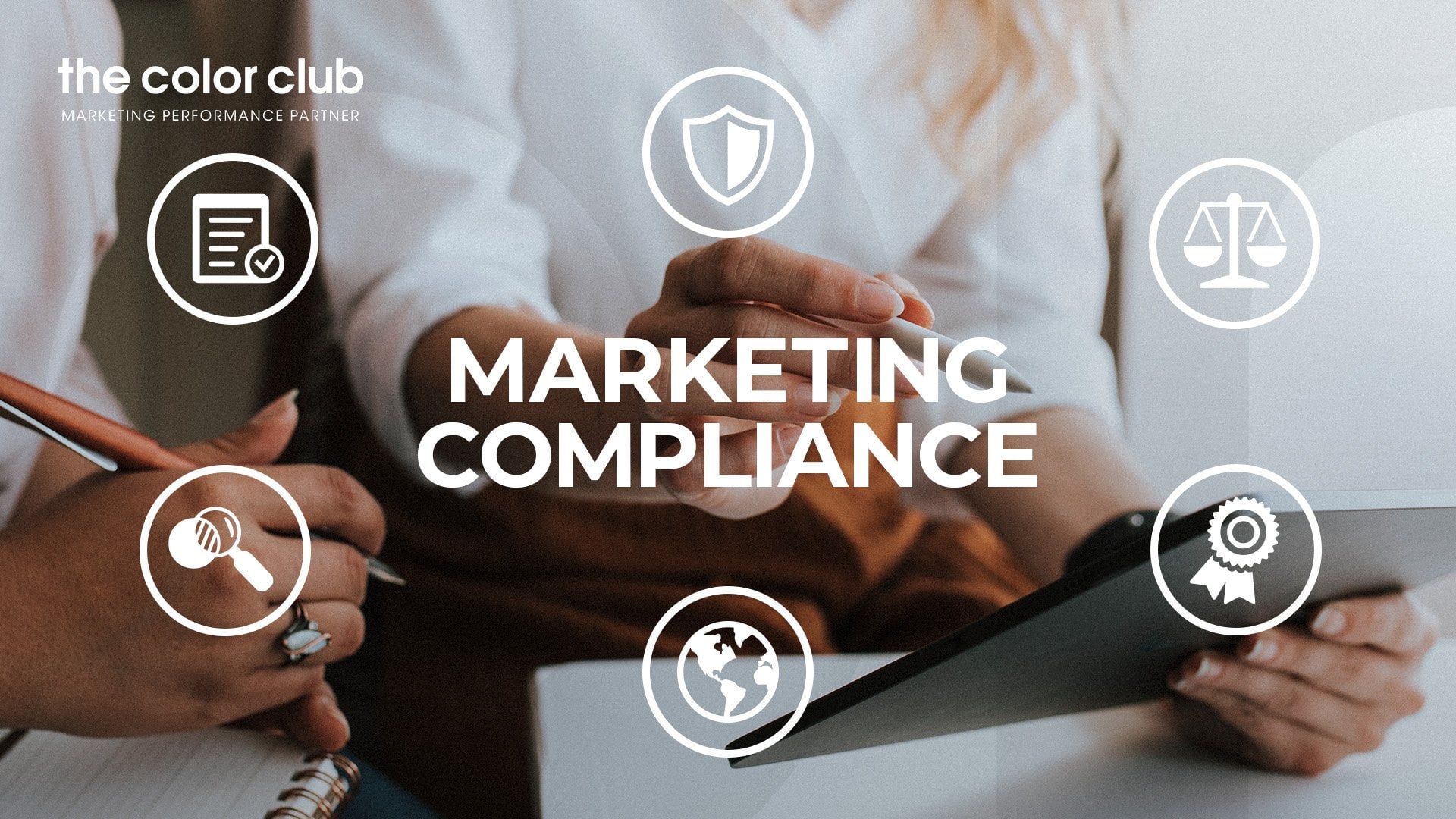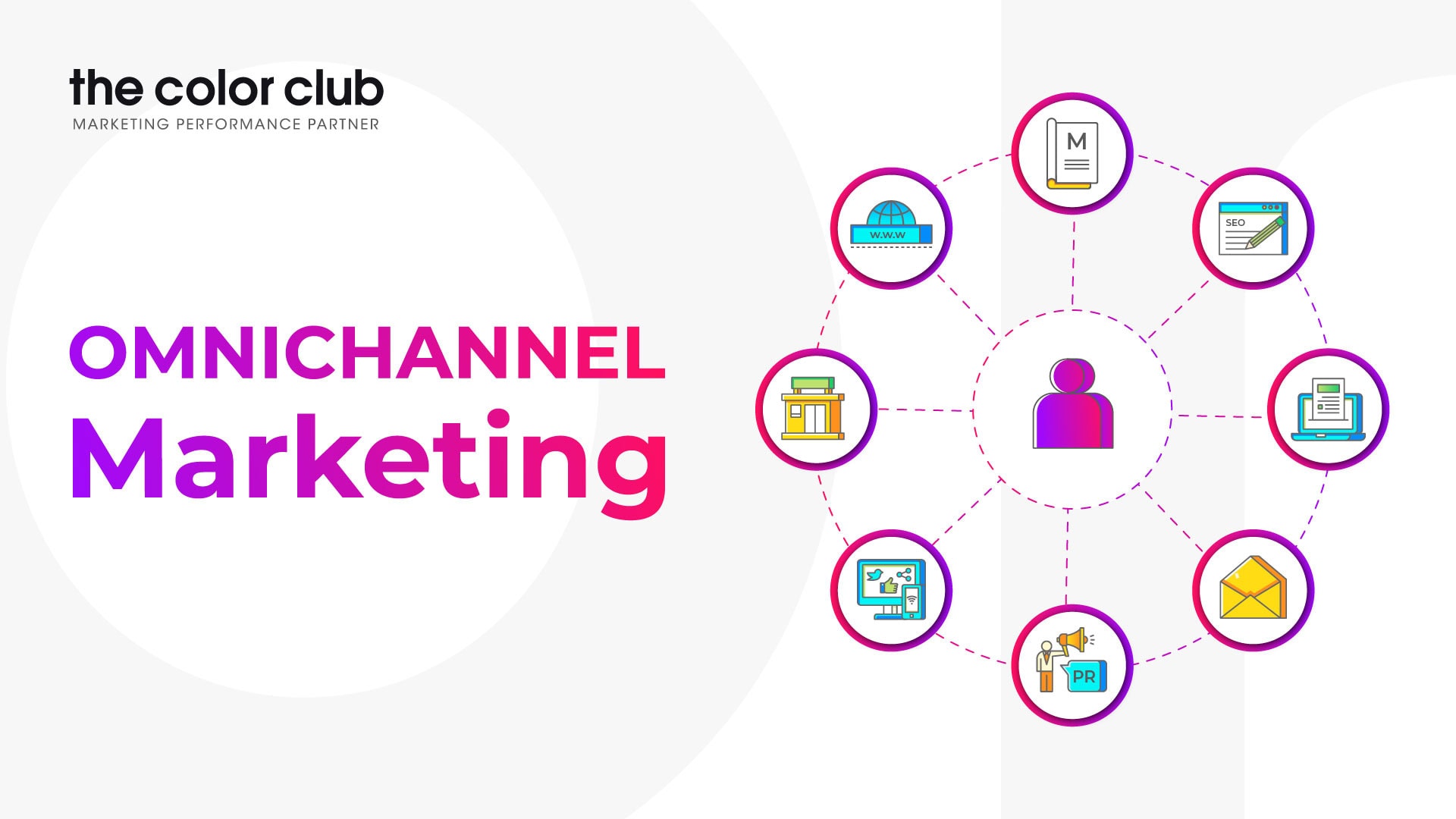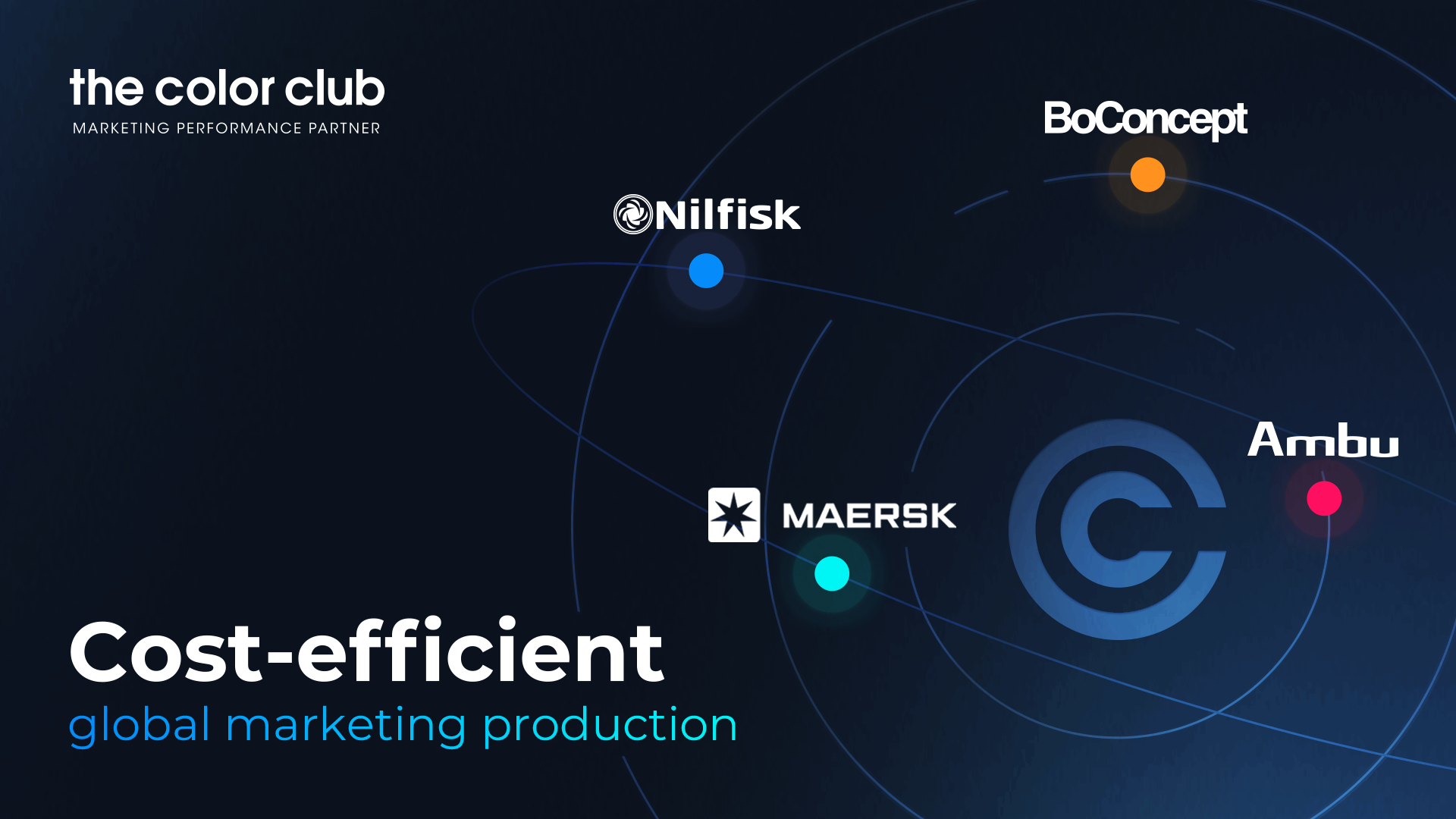Introduction
Traditional data tools are becoming outdated, unable to handle the growing amount of data from various customer touch points. This leaves brands feeling overwhelmed and frustrated, incapable of using data’s power to their advantage. But recently, a solution has emerged: Customer Data Platforms (CDPs).
In our latest article, we’ll explore the transformative potential of CDPs, and this software’s ability to help you effectively drive campaigns, and gain valuable insights for personalization, targeting, and measurement across all your channels.
Understanding today’s big data challenge
When did data management become so complex?
With marketing today, companies interact with customers through multiple channels, like websites, mobile apps, social media, and offline. Each touchpoint generates heaps of data, from customer preferences to purchase history. And traditional data management tools struggle to handle this massive influx of data efficiently, often leading to fragmented and siloed information.
What’s wrong with traditional data methods?
Data management approaches, like data warehouses and customer relationship management (CRM) systems, were designed for simpler times. They lack the flexibility to handle the diverse and dynamic data types, sources, and formats prevalent in today’s market. Also, they often require manual integration and lack real-time capabilities, stopping you from making timely decisions.

Enter Customer Data Platforms (CDPs)
What is a Customer Data Platform?
Customer Data Platforms (CDP) are innovative software that addresses modern data management challenges. It serves as a central lifeline for all customer data, consuming information from various sources and unifying it to build a comprehensive customer profile. This unified view allows you to understand customers holistically and make informed decisions based on accurate, up-to-date insights.

CDP’s key features and capabilities
CDPs offer a range of features that make them a must-have investment in today’s modern landscape:
Data collection
CDPs will happily collect data from multiple sources, including websites, mobile apps, email marketing platforms, CRM systems, and offline interactions.
Data storage and management:
Store, organize and structure large amounts of customer data easily while making it accessible for analysis and activation.
Data Unification
Merge data from various sources, eliminating data silos and helping you gain a 360-degree view of every customer.
Real-time Capabilities
CDPs enable you to capture and process data in real-time, empowering timely customer interactions.
Personalization
With CDPs, you’ll create dynamic customer segments based on various attributes and behaviors. This segmentation helps deliver customized experiences across all your media channels.
Activation and integration
CDPs integrate seamlessly with other marketing and analytics tools, enabling companies to activate customer data across different platforms, channels, and campaigns.
Measurement and Analytics
CDPs provide high-quality reporting and analytics, allowing you to measure the effectiveness of your marketing efforts, identify trends, and maximize strategies.
The Benefits of CDPs for your brand
Enhanced customer understanding
CDPs offer a comprehensive view of customers by consolidating data from various sources. This deeper understanding helps companies identify customer needs, preferences, and behavior patterns, allowing for more effective targeting and personalized experiences.

Improved marketing effectiveness
By using the power of CDPs, businesses will deliver targeted marketing campaigns tailored to specific customer segments. This personalized approach enhances engagement, drives conversions, and fosters long-term customer loyalty.
Increased production efficiency
CDPs streamline data management processes, eliminating the need for manual data integration and reducing the risk of errors. With automated data collection, consolidation, and activation, companies can operate more efficiently and allocate resources effectively.
Build a seamless omni-channel experience
CDPs enable companies to deliver consistent experiences across multiple channels, like websites, mobile apps, social media, and in-store interactions. This seamless omni-channel approach enhances customer satisfaction and strengthens brand perception.
 100vw, 1200px” data-lazy-src=”https://staging-thecolorclub.kinsta.cloud/wp-content/uploads/2023/05/Copy-of-tcc-mkt-blog-image-template-19.jpg” /><noscript><img loading=)
Our final thoughts
In the era of data-driven decision-making, Customer Data Platforms (CDPs) have emerged as crucial tools for companies. By centralizing customer data, CDPs empower brands to gain valuable insights, drive personalization, and maximize their marketing efforts.
With the ability to collect, store, manage, and activate customer data, CDPs revolutionize traditional data management, offering a unified and comprehensive view of customers. As brands navigate the complexities of an ever-changing digital landscape, using CDP’s power becomes crucial to staying competitive and effectively meeting customer needs.
Frequently Asked Questions (FAQs)
Q1: How does a Customer Data Platform differ from a traditional CRM system?
CRM systems focus primarily on managing customer interactions and relationships, CDPs go beyond that by collecting data from various sources, unifying it, and providing a comprehensive view of the customer. CDPs also offer real-time capabilities, seamless integration with other tools, and enhanced personalization features.
Q2: Can a Customer Data Platform handle both online and offline data?
Yes, a Customer Data Platform is designed to handle data from both online and offline sources. It can collect and consolidate data from websites, mobile apps, email marketing platforms, CRM systems, point-of-sale systems, and other sources.
Q3: Are Customer Data Platforms suitable for small businesses?
While larger companies often deal with more extensive data volumes and complex data ecosystems, small businesses can also use CDPs to gain insights, improve marketing effectiveness, and deliver personalized experiences. The scalability and flexibility of CDPs make them adaptable to the needs and resources of any size business.’
Q4: How can a Customer Data Platform improve marketing ROI?
By using accurate and comprehensive customer data, businesses can target their marketing campaigns more effectively, reducing wasteful spending. The ability to personalize experiences based on customer preferences and behaviors also increases engagement and conversion rates, ultimately driving higher ROI.
Q5: Can a Customer Data Platform integrate with existing marketing and analytics tools?
They can connect with email marketing platforms, advertising networks, content management systems, analytics solutions, and more. This integration ensures that businesses can activate customer data across multiple platforms, channels, and campaigns, maximizing its value and impact.


